
The Ali region is seen by many as the "secret territory of Tibet", but its average altitude of over 4500 meters is daunting. Ali Kunsha Airport is located in Kunsha Township, in the Ge'erzangbu (Shiquan River) valley at an altitude of 4274 meters. It is a 4D level Chinese plateau airport. On July 1, 2010, Alibaba Kunsha Airport was officially opened to traffic, with a 4500 meter runway built as Alibaba's "golden bridge" for communication with the world.
This year is the 10th year of navigation, and this "golden bridge in the air" has opened up a "path of happiness". Navigation has brought a social progress line, transportation guarantee line, air lifeline, and national unity line to Alibaba, playing a key role in promoting Alibaba's economic development and assisting in poverty alleviation.

The stable operation of the plateau airport cannot be separated from the safety guarantee of electricity. Sfer Electric has provided the independently developed Elecnova PMS power monitoring system for the Alibaba Kunsha Airport project, which realizes functions such as data collection, status monitoring, fault alarm, data storage, and remote control. It provides an integrated regulatory solution for the terminal substation, central substation, sewage treatment station, and garbage treatment station inside the airport. SF Electric focuses on the research and development of various comprehensive operation and energy management platforms, continuously providing customers with efficient and high-quality services.

Infere-PMS power monitoring system
The power monitoring system adopts a layered and distributed structure, divided by interval units and designed in a modular manner, consisting of a system management layer, a network communication layer, and a field measurement and control layer.

System management
Composed of system software and hardware such as industrial computers, UPS power supplies, printers, etc., it realizes the monitoring, analysis, and management functions of the entire system.
Network communication layer
A network composed of various communication devices and media enables information exchange between the system management layer and on-site measurement and control layer devices.
On site measurement and control layer
Composed of various intelligent instruments and devices installed on site, it realizes functions such as measurement, monitoring, communication, and control.
System function
System operation monitoring
Support the secondary diagram display mode of the power transformation and distribution system, and collect and display real-time electrical parameters such as current, voltage, power, and power factor of the high and low voltage circuits. Equipped with various display colors to distinguish the opening and closing status display and provide sound and light alarm prompts.
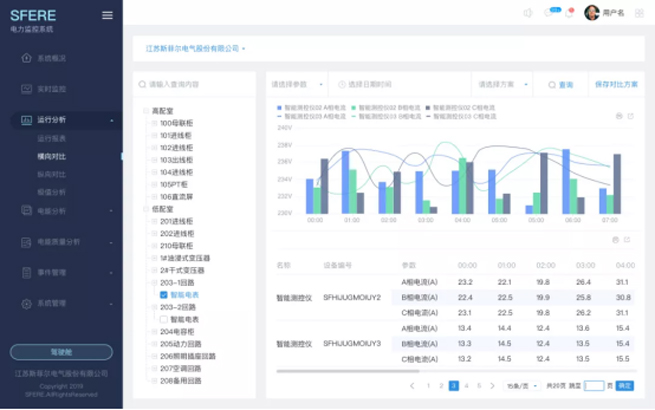
Remote control and parameter settings
Can achieve remote opening and closing control for specified circuits, set protection on/off, and adjust alarm protection parameters; And conduct event analysis and fault recording data analysis on the alarm or trip circuit, identify the cause of the alarm or trip, provide various alarm fault displays for operators, and prompt potential fault hazard reports for the system, providing effective guarantees for the safe operation of the system.
Trend curve analysis
The trend curve system can continuously monitor the operating parameters of equipment in real-time, such as power load, waveform capture at the moment of fault occurrence, helping users dynamically analyze the historical changes of various data, and providing strong data basis for management personnel to predict the parameter changes and future trends of the power supply system during a certain period of time.
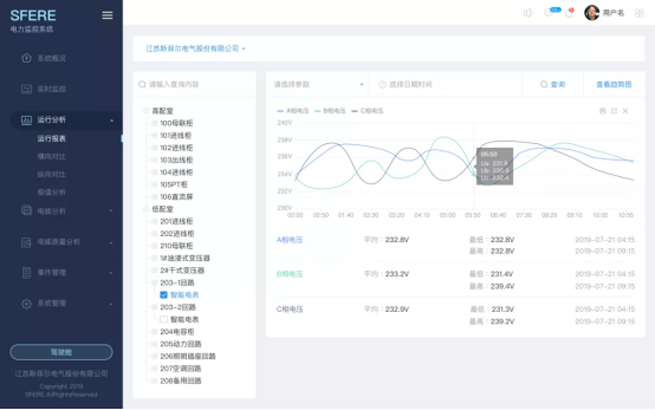
Event sequence recording and querying
Real time monitoring of various status event information such as alarm status, trip status, switch displacement status of each circuit, issuing obvious sound and light alarms for alarm and trip monitoring events, and recording all events that occur in the system, in order to provide data support for detailed analysis by operators.
Graphical management analysis
The system can generate various operational statistical dynamic image systems, such as voltage bar charts, pie charts, and phase angle charts, and can graphically analyze real-time changes in various power grid parameters (such as imbalance, phase angle, etc.); And it can set alarm and trip limits for sensitive power parameters that affect the normal operation of the system load, issue alarms in advance or automatically send trip output control to ensure the reliability of the system.

Real time data reporting system
The real-time reporting system provides a unified table mode for real-time display of data and status for the operating system. It can dynamically compare and monitor various circuits in real time. The real-time reports support exporting data in Excel format, making it convenient for phase II processing.
Historical Data Report Query
The historical report system can provide various historical data report queries, such as daily reports, quarterly reports, monthly reports, annual reports, etc. It can query various historical data such as current, voltage, power load, electricity metering, etc., generate various statistical data, and provide data support for user measurement statistics, internal consumption analysis, and other needs.

Third party device access
The system supports communication protocols for various serial ports and Ethernet buses, and can develop and design non-standard protocols at the bottom level, facilitating equipment access and integration, such as microcomputer protection devices from various manufacturers, DC screen controllers, transformer temperature controllers, intelligent analog screens, etc., to achieve centralized and unified monitoring.
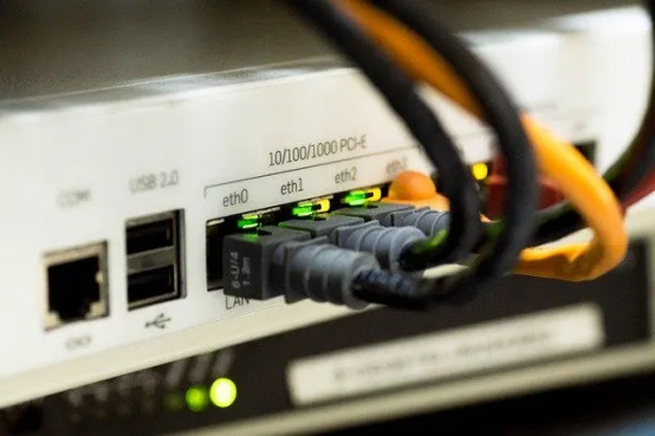
System interconnection
Provide standard OPC interfaces or standard protocol forwarding functions for other types of automation systems, achieve data uploading and sharing, and provide a unified scheduling interface for higher-level scheduling systems.
Write at the end
The Infere-PMS power monitoring system relies on mature instrumentation technology, computer technology, and communication network technology to achieve functions such as data acquisition, status monitoring, fault alarm, data storage, and remote control. It provides an integrated regulatory solution for internal substations and enterprise power distribution systems such as airports, highways, and tunnels.
Technology supports the future, thanks to the opportunities given by the times, bringing new demand space for industry development. Elecnova Electric will continue to provide competitive solutions, products, and services to customers, distribution partners, and unknown parties, and is committed to jointly building future power application safety and building a better harmonious world.







































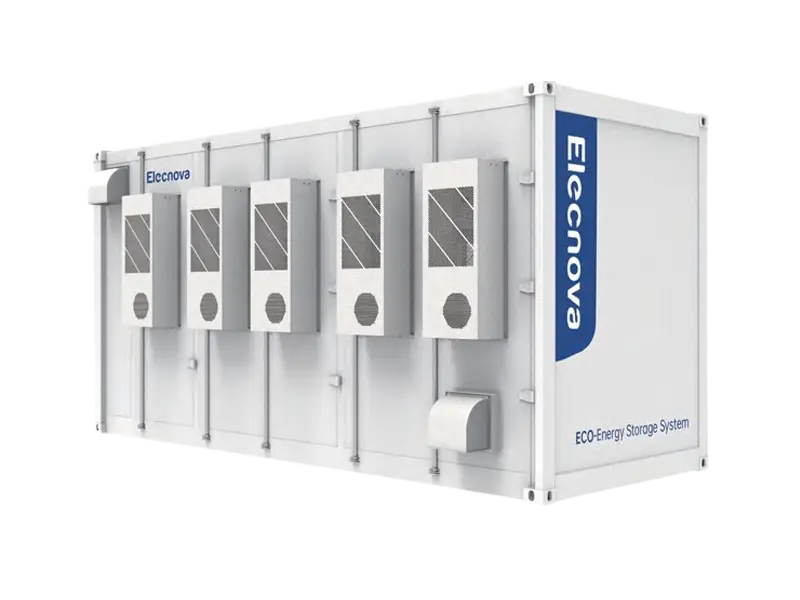

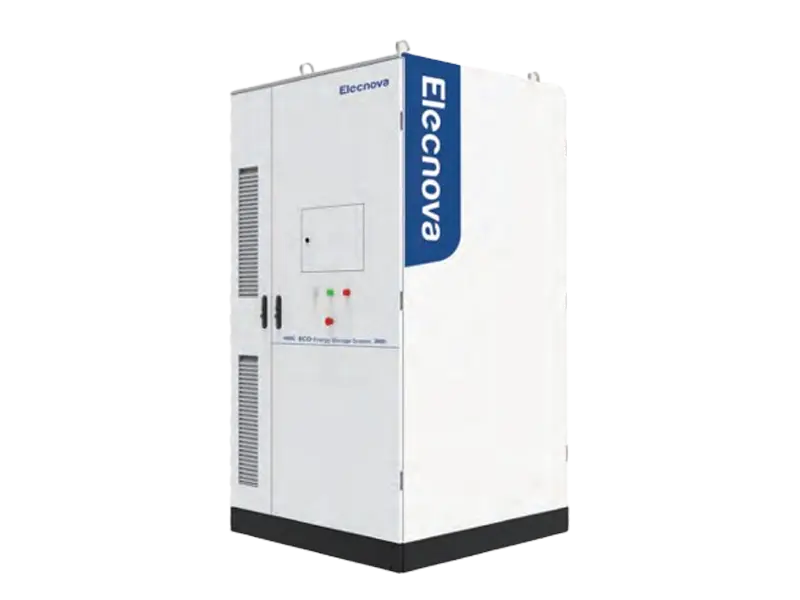
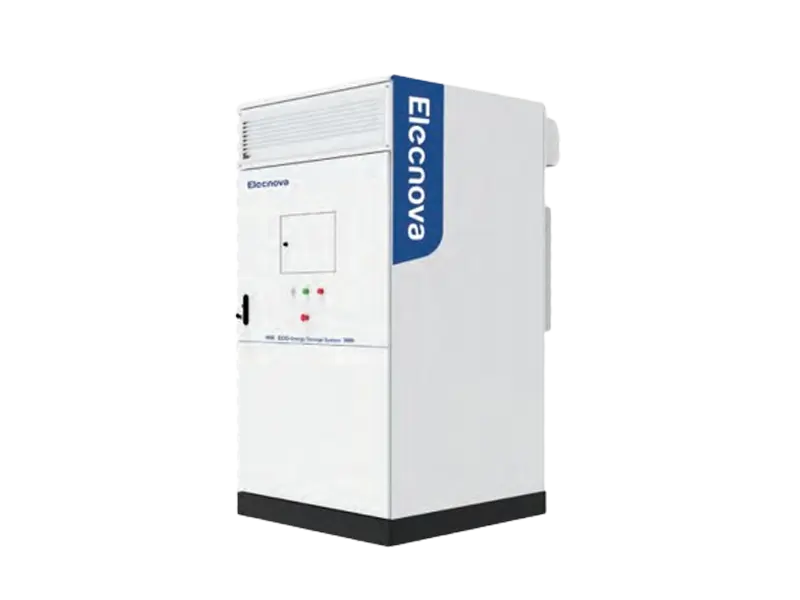
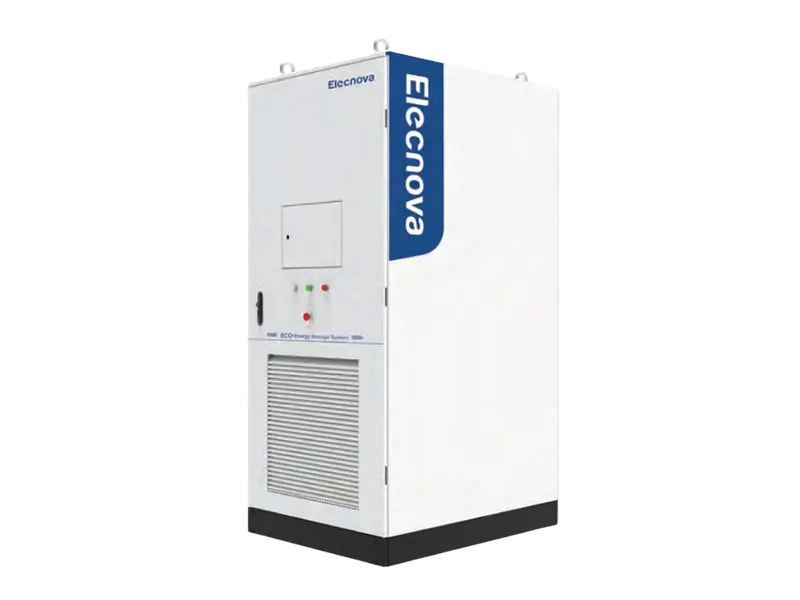

 CN
CN EN
EN
 fr
fr  de
de  es
es  it
it  ru
ru  ar
ar  vi
vi  tr
tr  th
th 








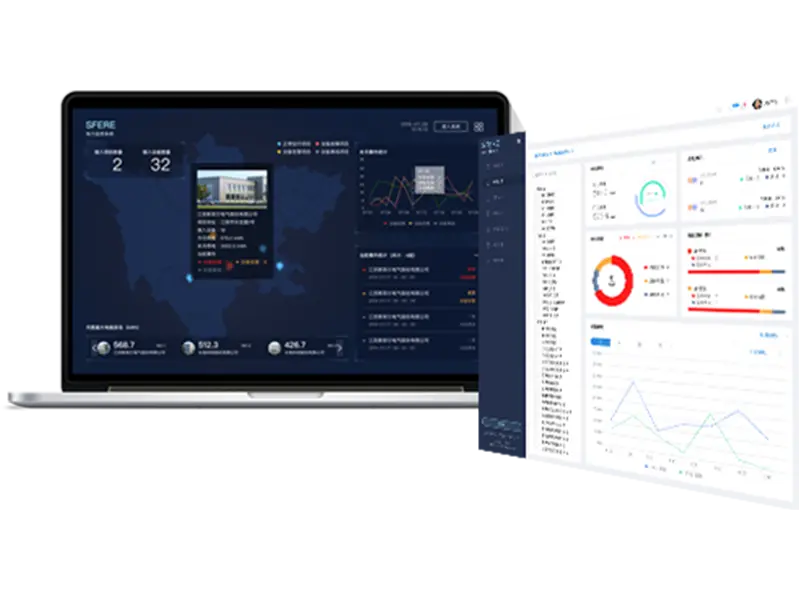

![[Full Moon and Mid Autumn Festival Accompanied by Thick Feelings] Sfier Electric's Mid Autumn Festival Celebration Event [Full Moon and Mid Autumn Festival Accompanied by Thick Feelings] Sfier Electric's Mid Autumn Festival Celebration Event](/uploads/image/20240326/15/sfier-electrics-mid-autumn-festival-celebration-event.webp)
